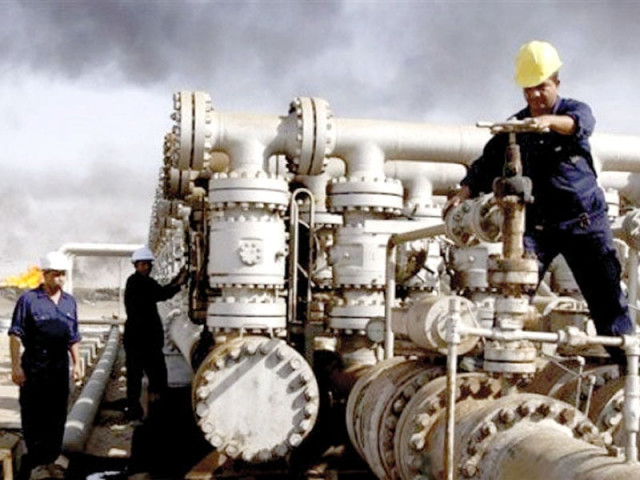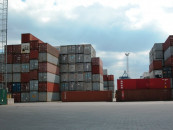Large-scale manufacturing growth falls 2.3%
Drop in production of electronics, petroleum products and textile affects growth.

The growth in large-scale manufacturing (LSM) fell 2.3 per cent in May compared with the same month last year after remaining positive for few months, show figures released by the Federal Bureau of Statistics (FBS) here on Friday.
A massive decline in production of electronics, power loom, engineering and petroleum sectors led to the negative growth in LSM, which contributes over 12 per cent to the gross domestic product (GDP).
The data is computed on the basis of output of 100 items monitored by the Oil Companies Advisory Committee, Ministry of Industries and Provincial Bureau of Statistics. Out of 100 items, 44 showed a negative growth in production while 46 items registered an increase in output.
According to FBS, the data gathered by the four provincial bureaus of statistics showed that out of 54 items, half of them saw a massive dip in production. This resulted in an average 11.7 per cent negative growth in May in these 54 items. The Oil Companies Advisory Committee data showed that the oil and gas sector’s production dipped 2.2 per cent in May over a year ago. The Ministry of Industries and Production data depicted a growth of 5.5 per cent which restricted the overall negative growth in May to 2.3 per cent.
“The performance of LSM is affected by factors like weakening demand in the international and domestic markets, inflation, high input costs, higher government borrowing reducing availability of credit to the private sector and acute energy shortage,” states the Economic Survey of Pakistan.
Data shows the oil and gas sector has consistently been in the negative zone. In May, jet fuel oil production contracted almost one-fifth, motor spirit 12.3 per cent, diesel oil 50 per cent and furnace oil eight per cent. Overall, the production of petroleum products dipped over 12 per cent.
The country has been struggling to have a sustainable economic growth, as national output experiences periods of boom and bust over decades due to inconsistent policies. The government has approved a new growth framework which promises an average seven per cent growth provided it manages to sail through reforms programme.
An implementation strategy is yet to be devised which requires broad-based ownership of the new growth framework. The government has admitted that the current average growth of two per cent is leaving millions without jobs every year.
Ministry data shows growth
The data provided by the Ministry of Industries depicts a 5.5 per cent growth. Production of sugar, cigarettes, cotton yarn, cotton cloth, fertilisers, tractors and buses rose significantly in May over a year ago.
On the other hand, production of vegetable ghee dropped around 10 per cent, cooking oil 12 per cent, blended tea 14 per cent, woolen and cotton yarn around 25 per cent, paints and varnishes 30 per cent and cycle tyres 22 per cent. Refrigerators and deep freezes production dropped 70 per cent and 42 per cent respectively.
According to the statistics, the LSM sector grew 1.4 per cent in 11 months of the last fiscal year. However, the oil and gas sector decelerated around three per cent from July through May.
Published in The Express Tribune, July 16th, 2011.



















COMMENTS
Comments are moderated and generally will be posted if they are on-topic and not abusive.
For more information, please see our Comments FAQ